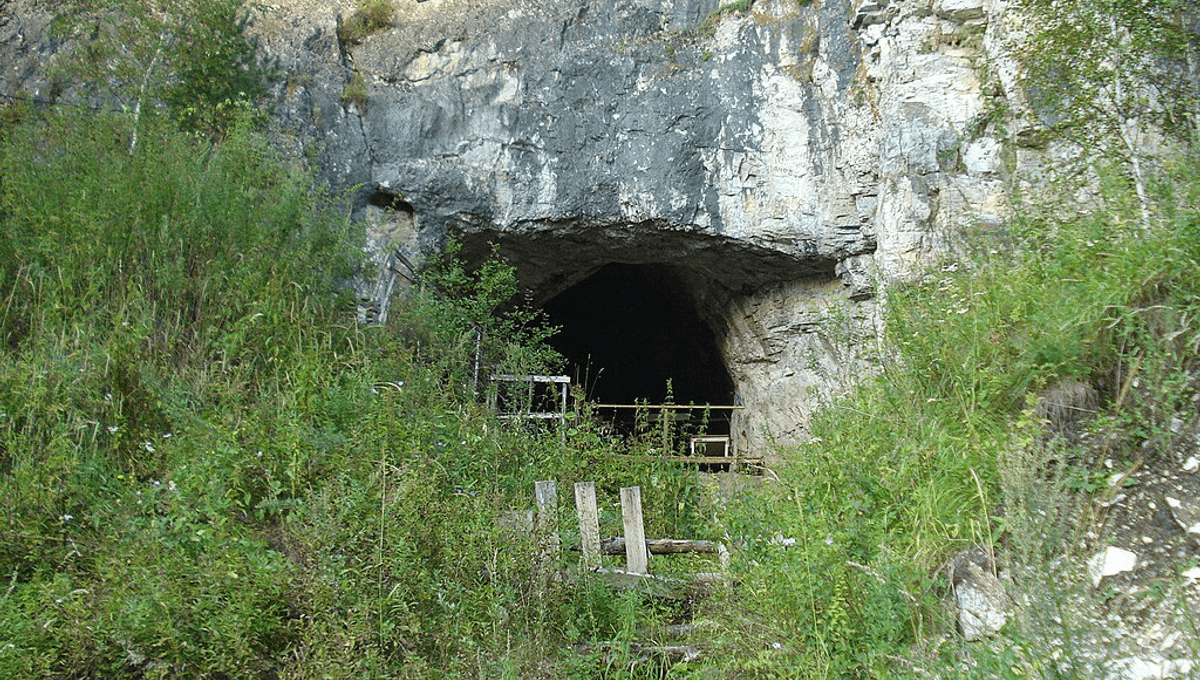-
Feed de notícias
- EXPLORAR
-
Páginas
-
Blogs
-
Fóruns
Denisovan DNA May Have Been Key To Humans Thriving In The Americas

Denisovan DNA May Have Been Key To Humans Thriving In The Americas
The Denisovan people evolved a variant of the MUC19 immune gene, which eventually found its way into humans through inbreeding. In most of the world, that variant is rare, but it’s common among people native to North and South America, indicating its selection was favored among those who made the epic crossing of the Pacific.
The rest of this article is behind a paywall. Please sign in or subscribe to access the full content. Denisovans were never a numerous branch of humanity, which is why we did not discover their existence until 2010, and still know them largely from their DNA. That hasn’t stopped them having a lasting impact on the world long after they went extinct, however. Some of this came from interbreeding with humans, leaving a particularly substantial legacy through island Southeast Asia. However, the Denisovans also interbred with Neanderthals, who subsequently mated with humans, and we got another dose of their DNA that way. It appears the people who crossed the Bering Strait to populate the Americas were descendants of these Denisovan-Neanderthal and Neanderthal-modern human encounters. Moreover, those who carried at least one of the Denisovan genes benefited in some way we don’t yet understand, making up a large proportion of the population until Europeans, and their diseases, arrived. These are the conclusions drawn by a team co-led by Professor Fernando Villanea of the University of Colorado Boulder, based on the genomes of people from all over the planet. They found the Denisovan MUC19 variant occurs in just 1 percent of people of Central European ancestry, and almost no Africans, but a third of Mexicans with predominantly Indigenous heritage. It’s also relatively common in people from Peru, and to a lesser extent Puerto Rico and Colombia. The reason the team think the variant was transmitted via Neanderthals, rather than directly from a Denisovan-modern human hook-up is that among Indigenous Americans, it has recognizably Neanderthal DNA on either side. “This DNA is like an Oreo, with a Denisovan center and Neanderthal cookies,” Villanea said in a statement. There is evidence the Denisovans evolved gene variants suited to high-altitude living, which were a great boon to modern humans moving onto the Tibetan plateau, and became common there. On the other hand, we don’t know why their version of MUC19 worked so well in the new world. “All of a sudden, people had to find new ways to hunt, new ways to farm, and they developed really cool technology in response to those challenges,” Villanea said of the first peoples to arrive in North America. “But, over 20,000 years, their bodies were also adapting at a biological level. What Indigenous American populations did was really incredible,” Villanea said. “They went from a common ancestor living around the Bering Strait to adapting biologically and culturally to this new continent that has every single type of biome in the world.” Yet we still don’t know how MUC19 fitted into this. It is one of 22 genes in mammals that produce mucins, the proteins that make mucus in response to pathogens, but also have other functions. “It seems like MUC19 has a lot of functional consequences for health, but we’re only starting to understand these genes,” Villanea said. Perhaps the new world came with diseases the old world didn’t, against which the MUC19 variant proteins were particularly effective, but what those were could be hard to determine. On the other hand, finding answers might lead to treatments that mimic the action of the Denisovan variant for the rest of us. The team expanded their study to test an alternative explanation: that Denisovan MUC19 was useful not for populating the Americas, but surviving Europeans. With most of the Indigenous population dying of diseases like smallpox brought from the old world, a gene that provided even a small amount of immunity might have rapidly become more common among populations of survivors. Databases of DNA include the genomes of 23 people who lived in dispersed locations across the Americas before the 15th century. Villanea and co-authors note that the Denisovan MUC19 variant is as common among these pre-Columbian people as modern Indigenous Mexicans, so the benefits were present much earlier. They also ran simulations that indicate it is unlikely that the variant was particularly common among first arrivers in North America, and simply maintained that status, rather than being preferentially selected. The study is published in Science.


